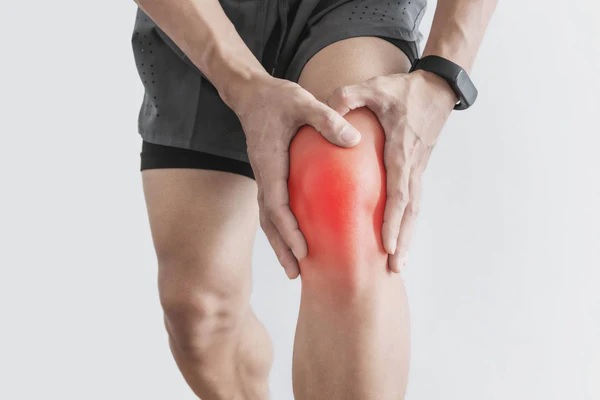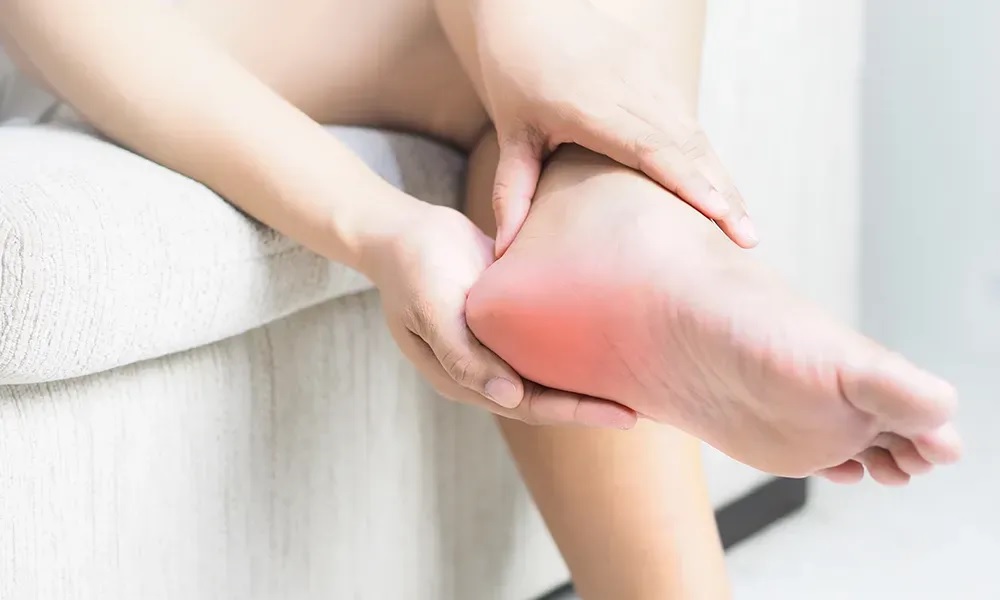Cryotherapy vs. Thermotherapy: Which is Best for Pain and Swelling?

When it comes to treating pain and swelling, two of the most common options are cryotherapy and thermotherapy. Both methods involve the use of temperature to help alleviate symptoms, but they work in different ways. So, which one is best? Let’s take a closer look.
Cryotherapy
Cryotherapy involves the use of cold temperatures to reduce pain and swelling. This can be done in a number of ways, including ice packs, cold compresses, and even whole-body cryotherapy chambers. The idea behind cryotherapy is that the cold temperature will cause the blood vessels to constrict, reducing blood flow to the affected area and therefore reducing inflammation.
Cryotherapy is often recommended for acute injuries, such as sprains or strains, as well as for post-surgical pain. It’s also commonly used by athletes to help with muscle soreness and recovery.
Thermotherapy

Thermotherapy, on the other hand, involves the use of heat to treat pain and swelling. This can be done through a variety of methods, including hot compresses, heating pads, and warm baths. The heat causes the blood vessels to dilate, increasing blood flow to the affected area and promoting healing.
Thermotherapy is often recommended for chronic pain, such as arthritis or back pain. It’s also commonly used for menstrual cramps and other types of muscle pain.
Which is Best?
So, which method is best for treating pain and swelling? The answer, as with many things, is that it depends. Both cryotherapy and thermotherapy have their benefits and drawbacks, and the best option will depend on the specific situation.
For acute injuries, cryotherapy is often the go-to option. The cold temperature can help to reduce swelling and inflammation, which can help to speed up the healing process. However, it’s important to note that cryotherapy should not be used for longer than 20 minutes at a time, as prolonged exposure to cold temperatures can actually increase inflammation.
For chronic pain, thermotherapy may be a better option. The heat can help to increase blood flow to the affected area, which can help to promote healing and reduce pain. Additionally, the relaxing nature of heat therapy can help to reduce stress and tension, which can also contribute to pain relief.
Ultimately, the best option will depend on the individual and the specific situation. It’s always a good idea to consult with a healthcare professional to determine the best course of treatment for your particular needs.
- Pros of Cryotherapy:
- Reduces inflammation and swelling
- Speeds up healing process
- Effective for acute injuries
- Cons of Cryotherapy:
- Should not be used for longer than 20 minutes
- Prolonged exposure to cold temperatures can increase inflammation
- Pros of Thermotherapy:
- Increases blood flow to affected area
- Promotes healing and reduces pain
- Relaxing and stress-reducing
- Cons of Thermotherapy:
- Not effective for acute injuries
- Should not be used on open wounds or areas of swelling
Both cryotherapy and thermotherapy can be effective for treating pain and swelling, but the best option will depend on the individual and the specific situation. It’s important to consult with a healthcare professional to determine the best course of treatment for your particular needs.







